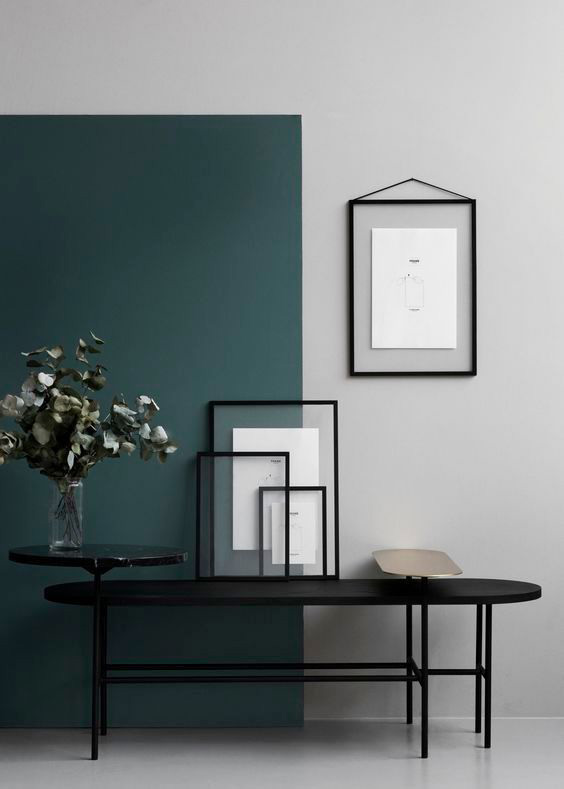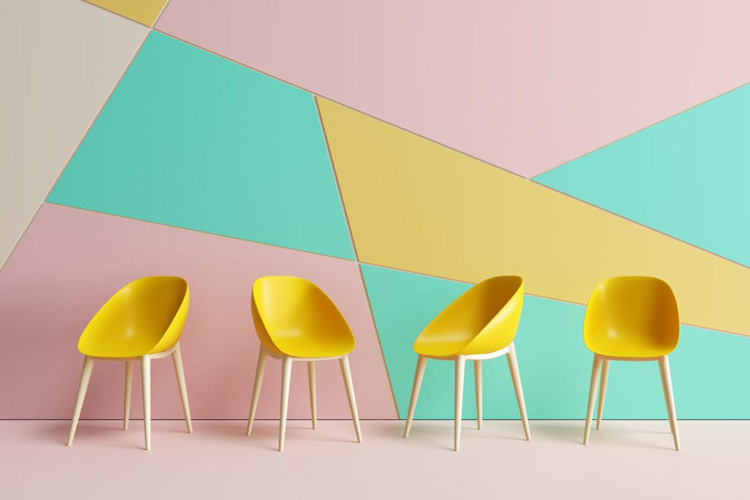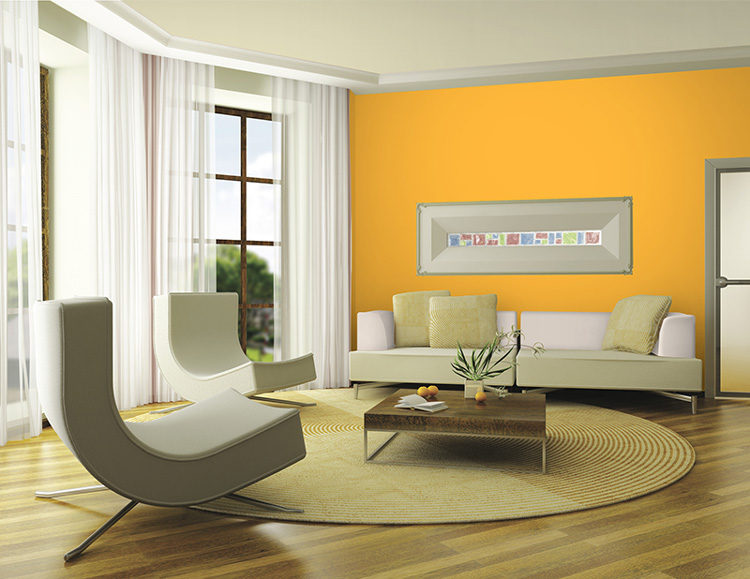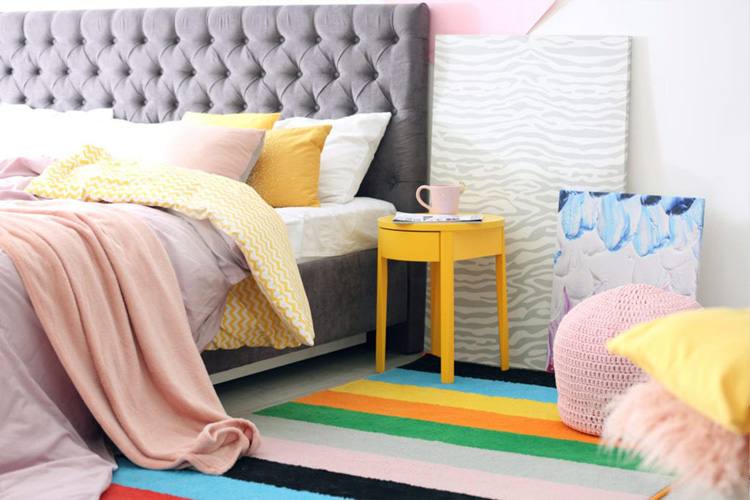
Are you bored of the same old color patterns you see inside your home? And no matter how much you think of mixing your color patterns up for a new sight everyday, you’re just too afraid to mess it up and create a hideous indoors instead? Well, no need to worry, because we are here to help! We know it can be a lot tricky and not to mention frustrating to figure what blends with what and what goes well with what. Here, we will share tips and tricks for pattern mixing to make it easier to visualize a variety of patterns together, so the next time you shop for your curtains, bedsheet, lampshade, furniture cover, or pillows, you know exactly what to choose. Read the list below to help you mix, match, and experiment!
1. Two similar patterns, one color

There are many ways to effectively and aesthetically mix patterns in a room. But if you’re a beginner, and are just starting to experiment with color and patterns, you can start small by mixing two similar patterns together and connecting them by a single color or tone. For example, if you want to fill your indoors with small and large circles as patterns, you can mix them with a single tone color like orange and peach, electric crimson on spanish crimson, and other colors with a lighter and darker shade of the other, while complementing it with plain white or black. Besides, in home decor, there’s no such thing as “you can never have too much”, because it is better to start off minimal than regretting putting on too much. Moreover, mixing patterns can energize a room, but too many may look more like a mess than a visually enhanced style.
2. Incorporate different sizes

When you mix patterns, make sure they’re not all the same size. Aside from diversity and aesthetics, playing with the sizes creates a visual balance that helps us relax more. Use large-scale pattern styles as a dominant pattern, such as large circles, squares, honeycomb, elements, and other patterns in different shapes, and combine them with medium or smaller scale patterns for accents. This also enhances the design style’s artistic side, and helps elevate your home even more.
3. Use similar colors

You know, when designers use the word “similar”, it doesn’t exactly mean the same. Similar patterns and colors means those that are within the same family or color scheme. For designers and video/film editors, they use a color palette which serves as their guide in which color or hues to use in a specific design. Color schemes are described as the organization of color combination choices that affects how a certain perspective experiences a room or in simpler terms, it sets the mood of an area or place. According to award-winning designer Kelly Wearstler, through color, you can create a design that has a visual relationship between a dining room, living room, and kitchen in a single area. You can also use this idea to create a visual relationship throughout an entire house or in a stand-alone room. Different patterns with different colors do not beautify an interior, but can overwhelm a room and make it feel chaotic instead.
4. Blend simple and complex together

It may be a little risky, especially if you’re just starting out, but know that complex almost always goes well with simple. Mix in complex patterns such as floral, abstract, and the like, so if you have curtains or bedsheets, or even wallpaper with intricate patterns just sitting on your cabinet, there’s no better time to pull them out of the closet than now. If you want to splash different patterns and colors across your living room or dining room, complement it with a simple pattern that can provide variation and contrast without detracting from the aesthetic.




